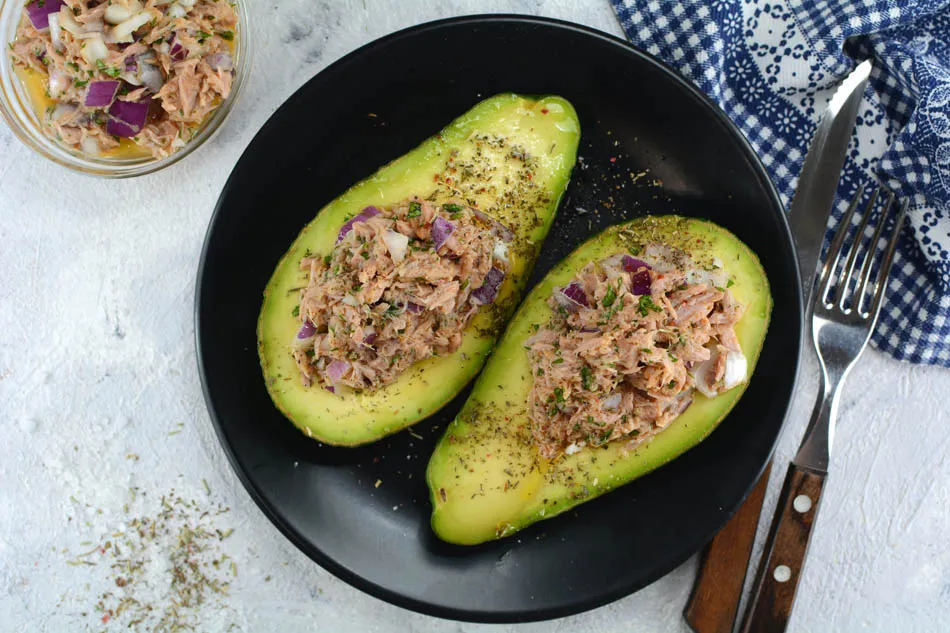Fiber is an essential nutrient that is often overlooked in the ketogenic diet. Many people focus on restricting carbohydrates while following a keto diet, but they may not realize the importance of including fiber in their daily meals. In this article, we will discuss why fiber is essential for keto success and how you can incorporate more fiber-rich foods into your diet.
What is Fiber?
Fiber is a type of carbohydrate that the body cannot digest. Instead, it passes through the digestive system relatively intact, providing numerous health benefits along the way. There are two main types of fiber: soluble fiber and insoluble fiber.
Soluble fiber dissolves in water and forms a gel-like substance in the digestive tract. This type of fiber can help lower cholesterol levels, regulate blood sugar levels, and promote a feeling of fullness. Good sources of soluble fiber include oats, nuts, seeds, beans, and certain fruits and vegetables.
Insoluble fiber, on the other hand, does not dissolve in water and adds bulk to the stool. This type of fiber helps prevent constipation and promotes regular bowel movements. Whole grains, nuts, seeds, and many fruits and vegetables are good sources of insoluble fiber.
Why is Fiber Important for Keto Success?
1. Improved Digestive Health: Including fiber-rich foods in your keto diet can help promote a healthy digestive system. Fiber adds bulk to the stool, making it easier to pass and preventing constipation. It also feeds the beneficial bacteria in the gut, promoting a healthy balance of gut flora.
2. Weight Management: Fiber helps promote a feeling of fullness, which can help prevent overeating and promote weight loss. High-fiber foods take longer to digest, keeping you satisfied for longer periods of time. This can help you stick to your keto diet and avoid unnecessary snacking.
3. Blood Sugar Control: Soluble fiber can help regulate blood sugar levels by slowing down the absorption of sugar into the bloodstream. This can help prevent spikes and crashes in blood sugar levels, which is important for those following a keto diet.
4. Lower Cholesterol Levels: Soluble fiber can help lower LDL (bad) cholesterol levels by binding to cholesterol in the digestive tract and removing it from the body. This can help reduce the risk of heart disease and other cardiovascular conditions.
5. Reduced Risk of Chronic Diseases: A diet high in fiber has been linked to a reduced risk of chronic diseases such as heart disease, diabetes, and certain types of cancer. Including fiber-rich foods in your keto diet can help improve your overall health and well-being.
How to Incorporate Fiber into Your keto diet
1. Focus on Low-Carb, High-Fiber Foods: While many high-fiber foods are also high in carbohydrates, there are still plenty of low-carb, high-fiber options to choose from. Some examples include avocados, chia seeds, flaxseeds, and leafy green vegetables.
2. Use Fiber Supplements: If you find it difficult to get enough fiber from whole foods alone, you may want to consider using a fiber supplement. Psyllium husk powder and acacia fiber are two popular options that can be easily added to smoothies, baked goods, or other foods.
3. Experiment with Keto-Friendly Recipes: There are plenty of keto-friendly recipes that incorporate high-fiber ingredients. Chia seed pudding, flaxseed crackers, and cauliflower rice are just a few examples of fiber-rich recipes that are perfect for a keto diet.
4. Stay Hydrated: Fiber absorbs water in the digestive tract, so it’s important to drink plenty of fluids when increasing your fiber intake. Aim to drink at least eight glasses of water per day to help the fiber move through your digestive system smoothly.
FAQs
1. How much fiber should I aim to consume on a keto diet?
The recommended daily intake of fiber is around 25-30 grams for women and 30-38 grams for men. However, it’s important to gradually increase your fiber intake to avoid digestive issues such as bloating or gas. Start by adding small amounts of fiber-rich foods to your diet and gradually increase as needed.
2. Can I eat fruit on a keto diet to get enough fiber?
While most fruits are high in carbohydrates, there are some low-carb options that can be included in a keto diet. Berries such as raspberries, blackberries, and strawberries are lower in carbs and higher in fiber compared to other fruits. Be mindful of portion sizes and track your carbohydrate intake to stay within your daily limits.
3. Are there any side effects of increasing fiber intake on a keto diet?
Some people may experience digestive issues such as bloating, gas, or diarrhea when increasing their fiber intake. To minimize these side effects, gradually increase your fiber intake and drink plenty of water to help the fiber move through your digestive system smoothly. If you experience persistent digestive issues, consult with a healthcare professional.
4. Can I take fiber supplements on a keto diet?
Fiber supplements can be a convenient way to increase your fiber intake on a keto diet. However, it’s important to choose a high-quality supplement that is keto-friendly and free from added sugars or artificial ingredients. Psyllium husk powder and acacia fiber are two popular options that can be easily added to your daily routine.
In conclusion, fiber is an essential nutrient that plays a crucial role in the success of a keto diet. Including fiber-rich foods in your meals can help improve digestive health, promote weight loss, regulate blood sugar levels, and reduce the risk of chronic diseases. By focusing on low-carb, high-fiber options and incorporating fiber supplements as needed, you can ensure that you are meeting your daily fiber needs while following a ketogenic lifestyle.


